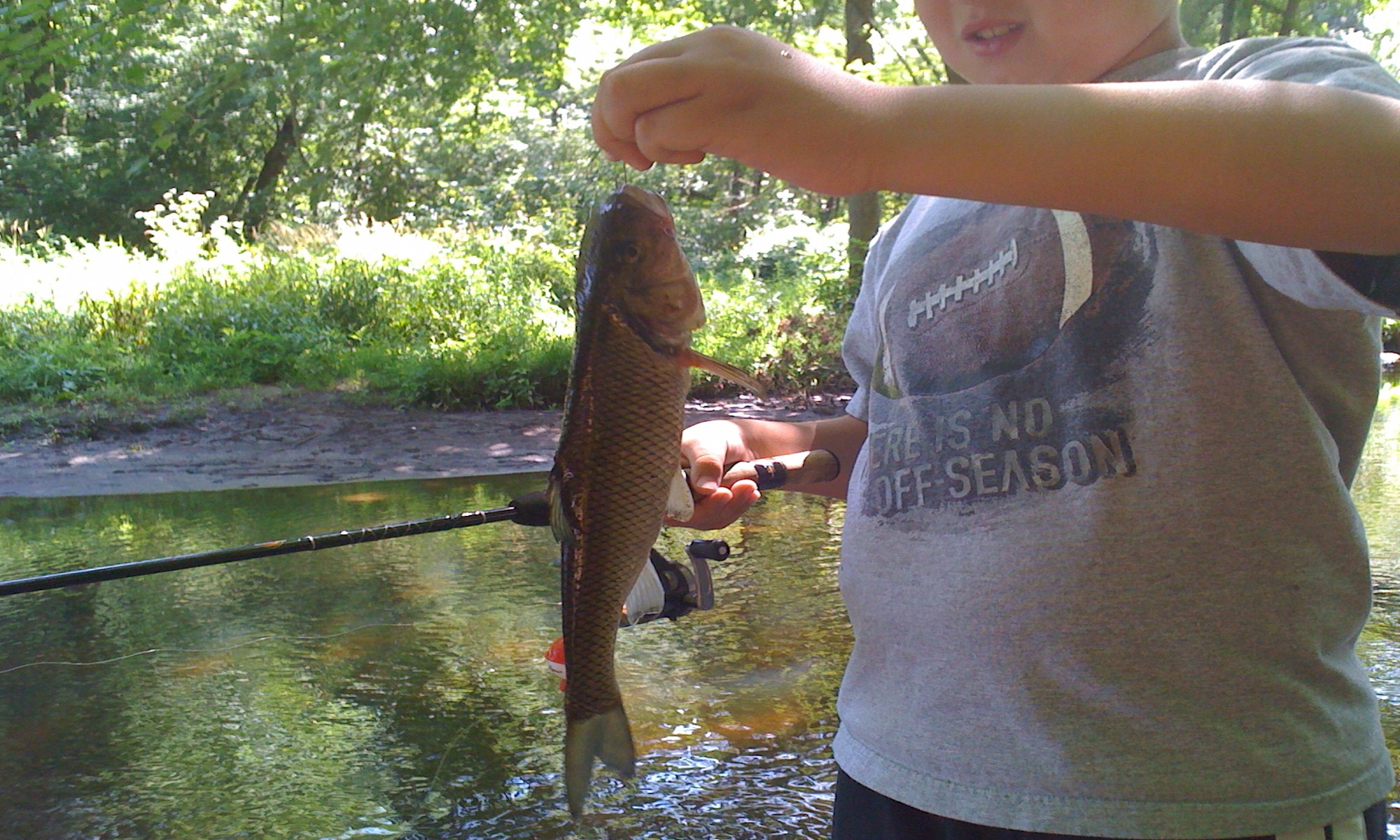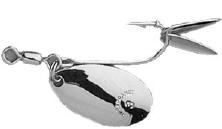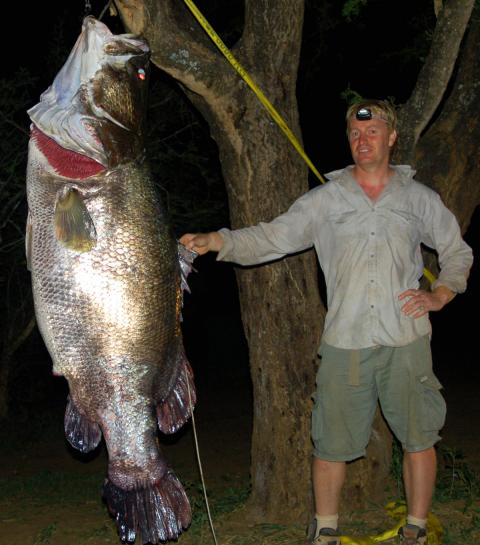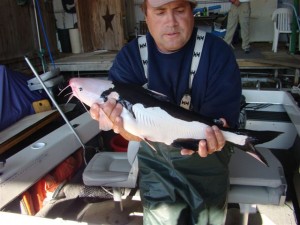Hey Folks!
Hope you’re all doing well. Today I’ve got a guest post from Michael Norton. He wrote me a note and I thought I’d let you all in on this nice place to grab some fresh water fishing!
So here’s his post:
The Commodore Club on Great Moose Lake in Hartland, Maine is available for weekly fishing trip rentals in May and June every year. Originally built in 1888, this is a one-of-its-kind, post-and-beam sporting club. You can accommodate a group of 20 at the off-season rate of $1,500.
Great Moose is a bass and pickerel lake. There are brown trout for the gifted. This lake also makes a good base to jump off to other lakes and streams. The only challenge is that the Club amenities and slices of history will keep you there — full kitchen (microwave, electric and Garland gas grill, circa 1930, for the big feeds), 10 bedrooms, billiard table, poker tables, a rambling porch overlooking Great Moose, all on 15 private acres.
Here’s a vistor post from the Boston Herald blog a couple years back:
“We were fortunate to discover Great Moose Lake three years ago and will be arriving on Sunday at THE COMMODORE CLUB…A 10 bedroom hunting and fishing lodge on 15 acres, billiard room, ping-pong and card tables. It has a triangular fireplace that fills a small portion of the huge great room. My husband worked with one of the siblings that owns the club, and this will be our 3rd year renting. Enjoy your vacation,….and pull up a kayak and say hi!”
Until this year, renters have been July/August primarily and, as the post indicates, closely associated with our family. Most come back year-after-year. One fishing group came for about 20 years every June until everyone had retired to Florida. Our goal is to find some new people who like to fish, enjoy good times with friends and appreciate this gem of Maine sporting history that is off the track and not off the rack.
You can find pictures and contact information to rent the Club at VacationRentals.com
You also can email one of the owners, Michael Norton, at [email protected] Deposit and references are required.
There’s also a book on Amazon.com called Around Great Moose Lake (ME) that features several vintage photos of the Club and describes some of its history. Take a look and consider the Club if you are bringing together friends or family.
Sounds great – eh? Check them out!
Catch you later



